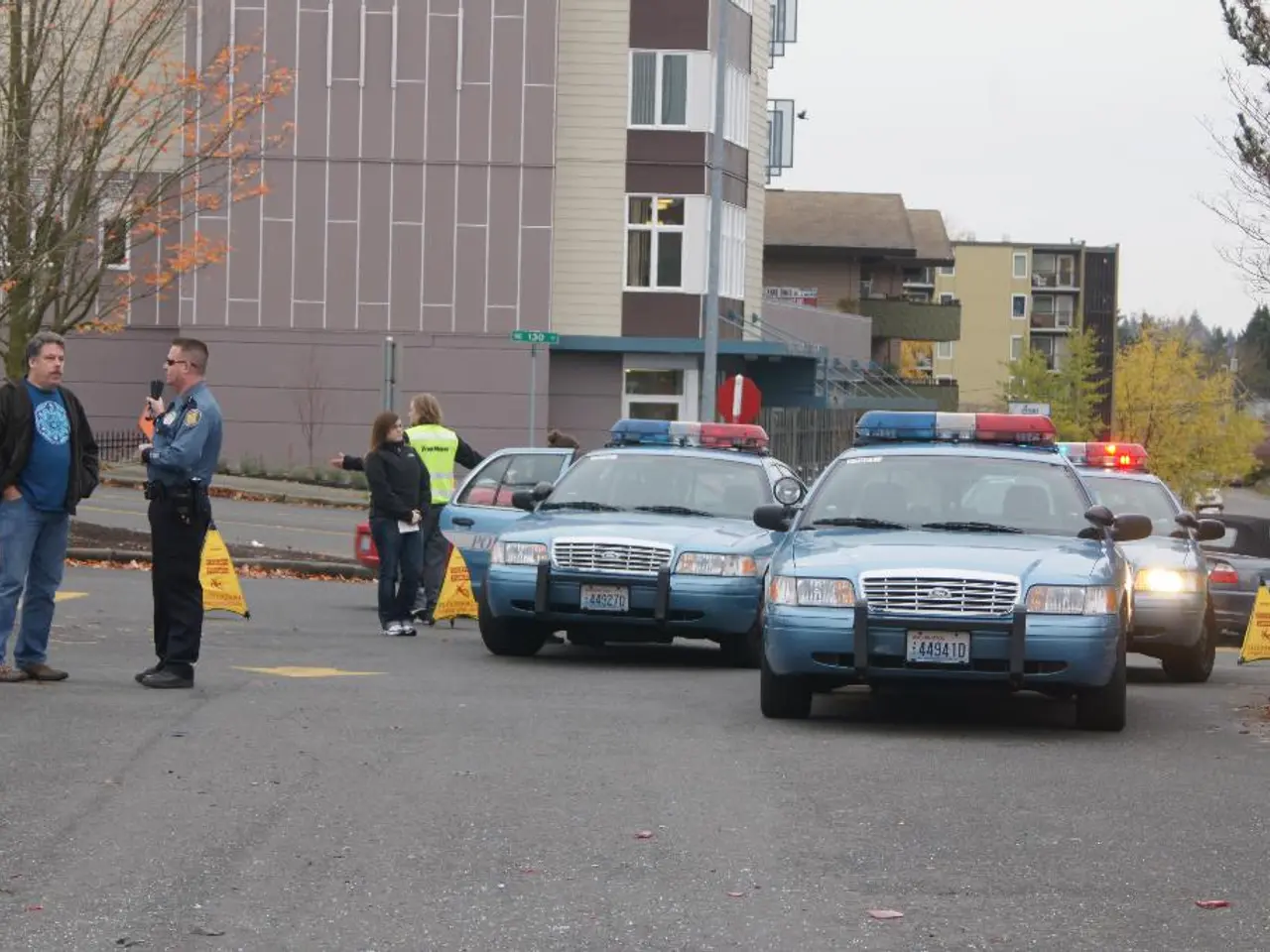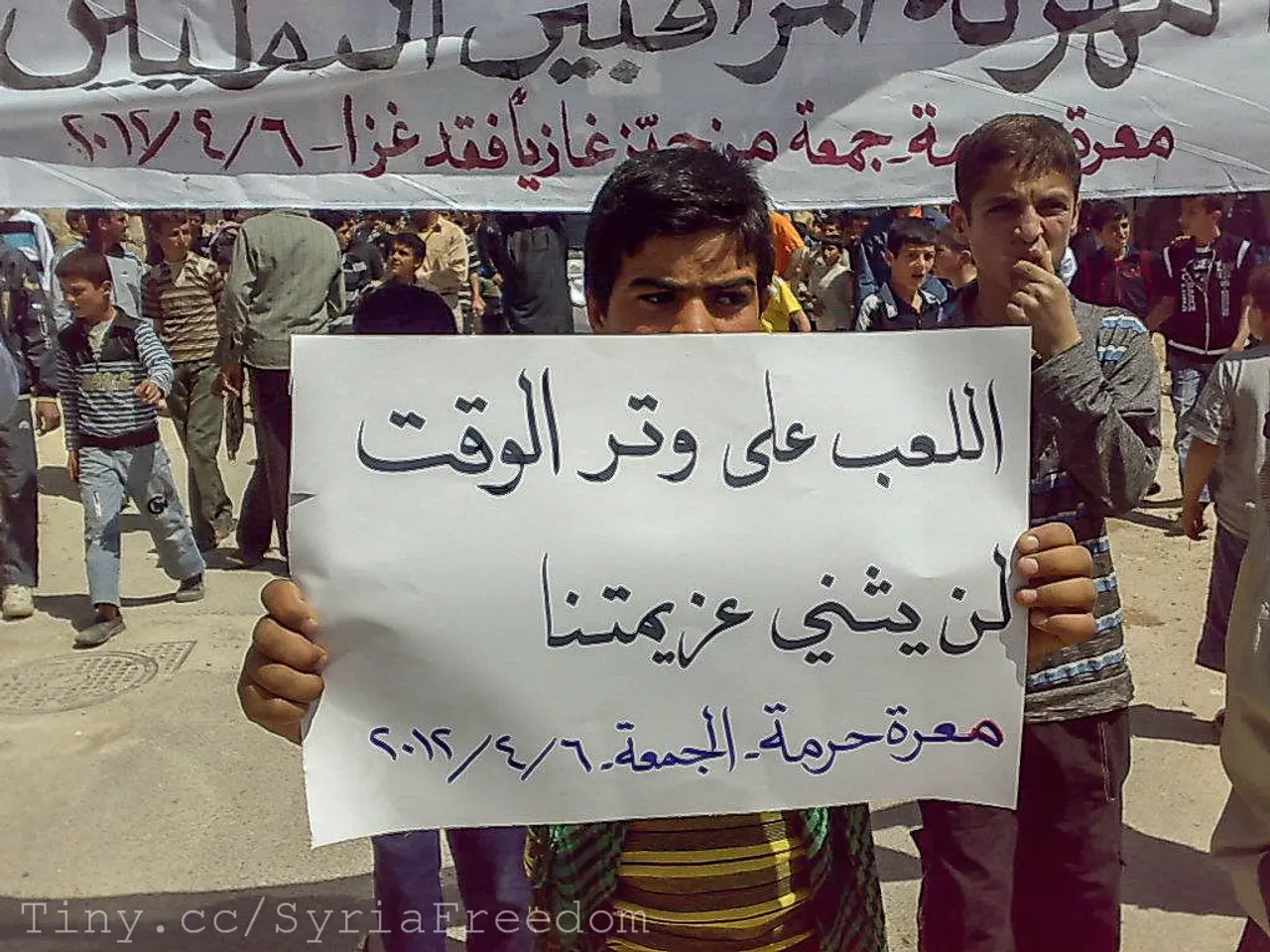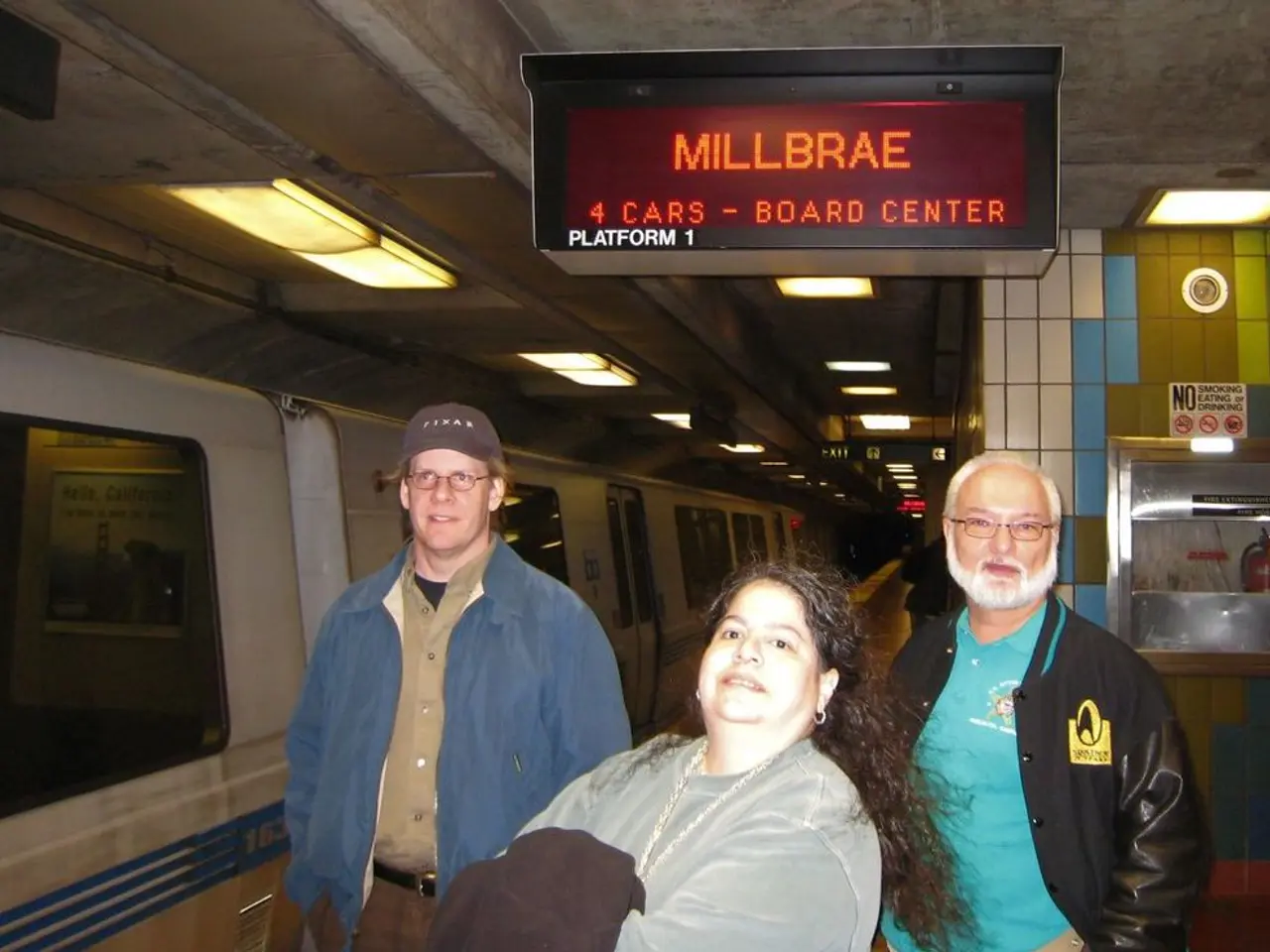Metro Line A will be abolished to combat flooding in the Los Reyes La Paz region
Flooding Issues on Metro Line A in Los Reyes La Paz: A Systemic Urban Water Management Challenge
Heavy rains in the region have been causing flooding issues on Metro Line A in Los Reyes La Paz, a suburb in the State of Mexico. The accumulation of rainwater during the rainy season has been a significant concern, leading to emergency passenger transportation being necessary when service is interrupted due to rainwater ingress.
The Collective Transportation System (STC) Metro is addressing this problem, with proposals such as coordinating weekly unclogging actions of storm drains and manholes with the Mexico State municipality. The STC also conducts attention and surveillance actions in its vaults, ballast, and hydraulic and electrical systems to mitigate the effects of water ingress.
However, there are no explicit flood prevention or emergency response measures publicly detailed specifically for Metro Line A or Los Reyes La Paz Municipality as of August 2025. The issue is framed largely as a systemic urban water management challenge affecting the entire metropolitan area including Mexico City and surrounding municipalities.
Urban management issues such as building on flood-prone lands, lack of separation between stormwater and sewage systems, inadequate dams, and irregular garbage collection exacerbate flooding risks in the region. The government has activated emergency protocols like Plan Tlaloque, a coordinated emergency response plan involving engineers and crews responding to flooding incidents in multiple boroughs of Mexico City.
Large-scale stormwater infrastructure investments like the Emisor Oriente tunnel and massive wastewater treatment plants are ongoing efforts aimed at stormwater drainage and floodwater management in Greater Mexico City. Residents are encouraged to clear gutters and drains to prevent blockages, indicative of community-level preparedness.
Despite these efforts, recent heavy rains in August 2025 caused widespread flooding affecting transport systems including the Metro, resulting in temporary station closures and service disruptions. However, no specific preventive or mitigation measures for Line A or Los Reyes La Paz Municipality are mentioned in these reports.
Representatives of concession routes are willing to support in emergencies, and a metropolitan worktable was held to discuss solutions. It is worth noting that the STC Metro does not provide a WhatsApp service for news updates.
In conclusion, while emergency response efforts like Plan Tlaloque are activated in flooding events and large-scale stormwater infrastructure investments are underway, there is a need for more explicit flood prevention or emergency response measures specifically for Metro Line A and Los Reyes La Paz Municipality. Direct inquiry to local municipal authorities or the Metro administration may provide more information on this matter.
- The science behind climate change and environmental-science research indicates that extreme weather events like heavy rains and flooding are becoming more frequent, making the news headlines across general-news platforms.
- A significant political debate is underway with local authorities and transportation officials regarding the urgency of implementing flood prevention measures on Metro Line A in Los Reyes La Paz, as well as in other areas susceptible to climate-change related incidents.
- In the aftermath of the flooding on Metro Line A, incidents of crime and justice, such as theft and damage to property, are a growing concern, in addition to the accidents and delays in commuting due to the flooding.
- The development of sports facilities in the region is also receiving attention as local authorities aim to improve the community's wellbeing, although concerns are raised about the effects of recurring flooding on sports infrastructure and performance.
- The unpredictable weather conditions, combined with systemic urban water management challenges, make weather forecasts an essential tool for citizens in planning their daily routines, including their travel plans on Metro Line A and other transportation systems in the metropolitan area.






